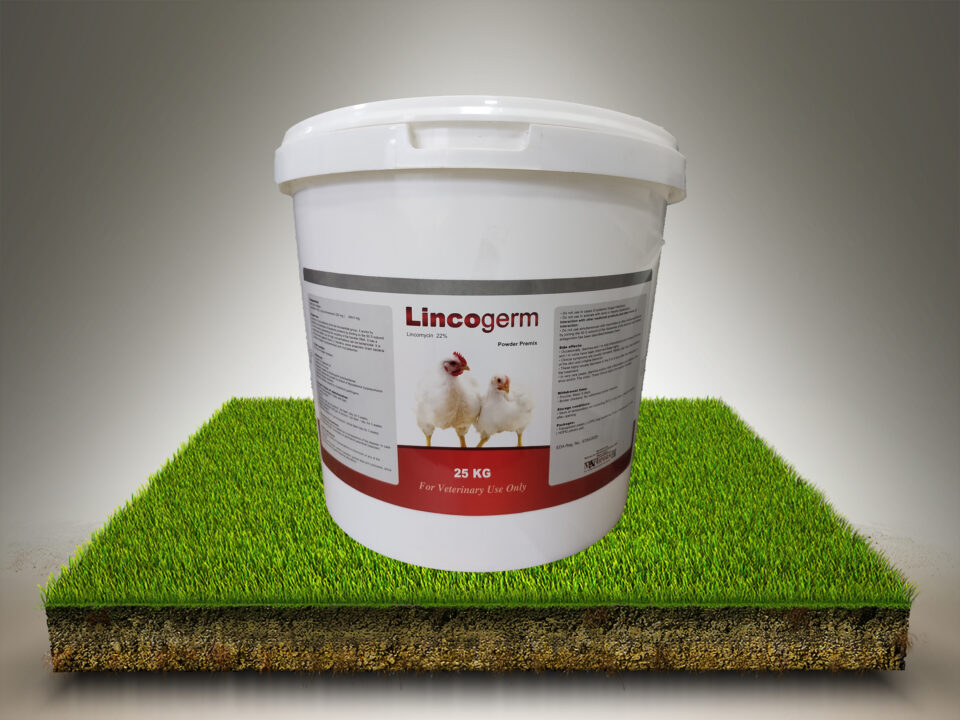
Penumodox

Protoclear
( W.S.P )
For Veterinary Use Only
Composition :
Each 1 gm contains:
Oxytetracycline HCl 757 mg equivalent to Oxytetracycline 701.44 mg
Properties:
Oxytetracycline act as bacteriostatic antibiotics and inhibit protein synthesis by reversibly binding to 30S ribosomal subunits of susceptible organisms, thereby preventing binding to those ribosomes of aminoacyl transfer-RNA. Oxytetracycline also are believed to reversibly bind to 50S ribosomes and additionally alter cytoplasmic membrane permeability in susceptible organisms. In high concentrations, Oxytetracycline can also inhibit protein synthesis by mammalian cells.
Oxytetracycline have activity against most Mycoplasma, Spirochetes (including the Lyme disease organism), Chlamydia, and Rickettsia. Against gram positive bacteria, Oxytetracycline have activity against some strains of staphylococcus and streptococci, but resistance of these organisms is increasing. Gram positive bacteria that are usually covered by Oxytetracycline, include Actinomyces sp., Bacillus anthracis, Clostridium perfringens and tetani, Listeria monocytogenes, and Nocardia. Among gram negative bacteria that Oxytetracycline usually have in vitro and in vivo activity against include Bordetella sp., Brucella, Bartonella, Haemophilus sp., Pasturella multocida, Shigella, and Yersinia pestis. Many or most strains of E. coli, Klebsiella, Bacteroides, Enterobacter, Proteus and Pseudomonas aeruginosa are resistant to the Oxytetracycline. While most strains of Pseudomonas aeruginosa show in vitro resistance to Oxytetracycline, those compounds attaining high urine levels have been associated with clinical cures in dogs with UTI secondary to this organism. Oxytetracycline share nearly identical spectrums of activity and patterns of crossresistance and a tetracycline susceptibility disk is usually used for in vitro testing for oxytetracycline susceptibility.
Indications:
Chickens
Teatment of infectious synovitis caused by Mycoplasma synoviae
Teatment of chronic respiratory disease (CRD) and air sac infections caused by Mycoplasma gallisepticum and E. coli
Teatment of fowl cholera caused by Pasteurella multocida
Turkeys
Teatment of hexamitiasis caused by Hexamita meleagridis
Teatment of infectious synovitis caused by Mycoplasma synoviae
Turkeys (growing)
Teatment of complicating bacterial organisms associated with bluecomb (transmissible enteritis, coronaviral enteritis)
Swine
Treatment of bacterial enteritis caused by Escherichia coli and Salmonella choleraesuis
Treatment of bacterial pneumonia caused by Pasteurella multocida susceptible to oxytetracycline.
Swine (breeding stock)
Treatment of leptospirosis (reducing the incidence of abortions and shedding of leptospira) caused by Leptospira pomona
Cattle (Calves, Beef, Non lactating dairy and un weaned )
Treatment of bacterial enteritis caused by E. coli
Treatment of bacterial pneumonia (shipping fever complex) caused by P. multocida
Sheep
Treatment of bacterial enteritis caused by E. coli
Treatment of bacterial pneumonia (shipping fever complex) caused by P. multocida
Target Species:
Cattle , chickens , sheep , swine and turkeys
Dose for whole product:
Chickens : Teatment of infectious synovitis: 150 to 430 milligrams per liter of drinking water.
Teatment of chronic respiratory disease, air sac infections and fowl cholera : 150 to 430 milligrams per liter of drinking water.
Turkeys : Teatment of hexamitiasis : 150 to 430 milligrams per liter of drinking water.
Teatment of infectious synovitis : 150 to 430 milligrams per liter of drinking water.
Turkeys (growing) : Teatment of complicating bacterial organisms associated with bluecomb (transmissible enteritis, coronaviral enteritis) : 150 to 430 milligrams per liter of drinking water.
Swine , Swine (breeding stock) : Treatment of bacterial enteritis, Control and treatment of leptospirosis : 14-42 mg per kg of body weight
Cattle (Calves, Beef, and Non lactating dairy) : Treatment of bacterial enteritis and Treatment of bacterial pneumonia : 28.5 mg per kg of body weight
Sheep : Treatment of bacterial enteritis and bacterial pneumonia: 28.5 mg per kg of body weight
Administer 7 to 14 days. Not to be used for more than 14 consecutive days.
Warnings:
- Prepare a fresh solution daily
- Do not use in birds producing eggs for human consumption
- Do not administer this product with milk or milk replacers. Administer 1 hour before or 2 hours after feeding milk or milk replacers. A milk discard period has not been established for this product in lactating dairy cattle. Do not use in female dairy cattle 20 months of age or older.
Contra-indications
Oral administration to ruminants with a functional rumen; renal impairment; last 2–3 weeks of gestation in pregnant animals and up to 4 weeks of age inneonates, avoid use in patients with dysphagiaor diseases accompanied by vomiting.
Adverse effects:
Oxytetracycline given to young animals can cause discoloration of bones and teeth to a yellow, brown, or gray color. High dosages or chronic administration may delay bone growth and healing.
In ruminants, high oral doses can cause ruminal microflora depression and ruminoreticular stasis.
Withdrawal periods:
Cattle: 10 days before slaughter
Sheep: 10 days before slaughter.
Swine: 7 days before slaughter.
Turkey: 7 days before slaughter.
Storage condition:
Store at temperature not exceeding 30°C in a dry place and used immediately after opening and used within 24 hours after reconstitution when stored at temperature not exceeding 30°C
Packaging:
Transparent ( LDPE) Plastic bag containing 50 gm water Soluble Powder in ( HDPE ) Plastic jar with an outer label with ( HDPE) Plastic Cap with an outer label without Insert




